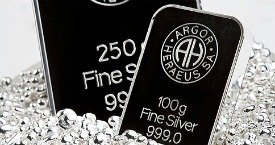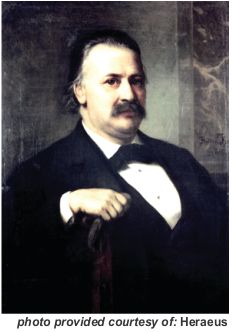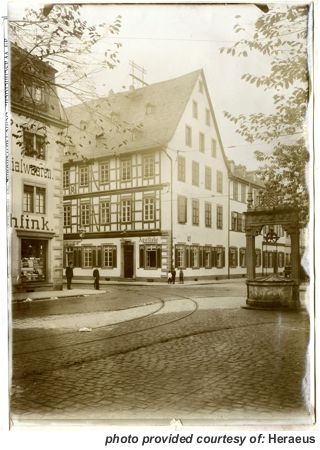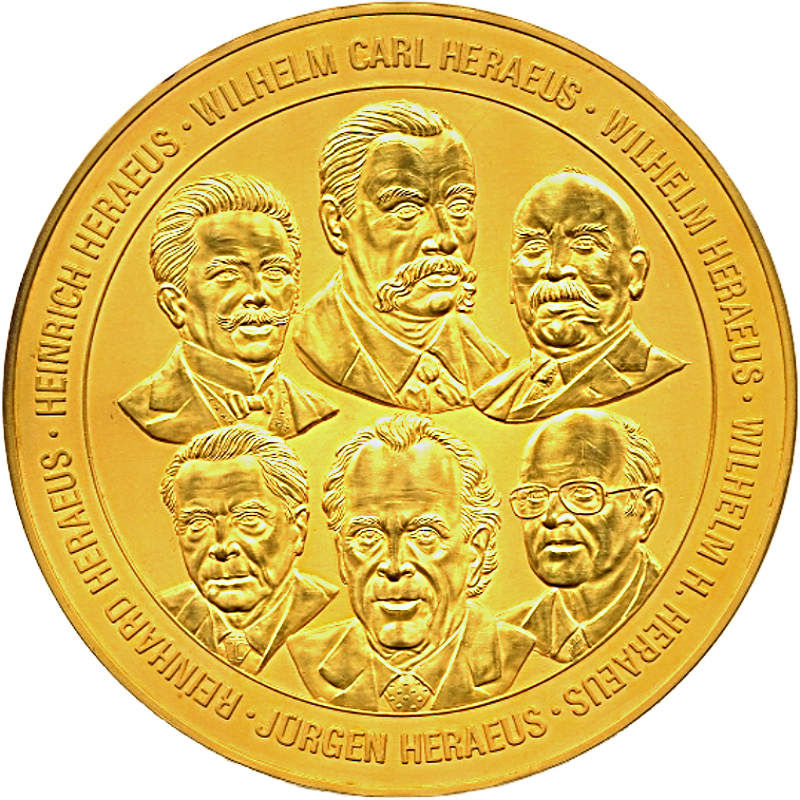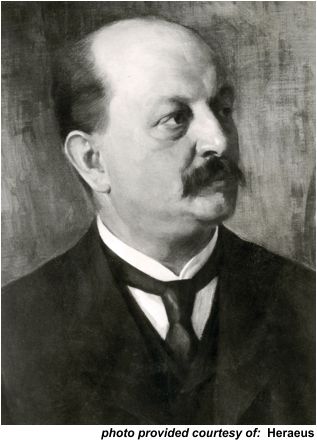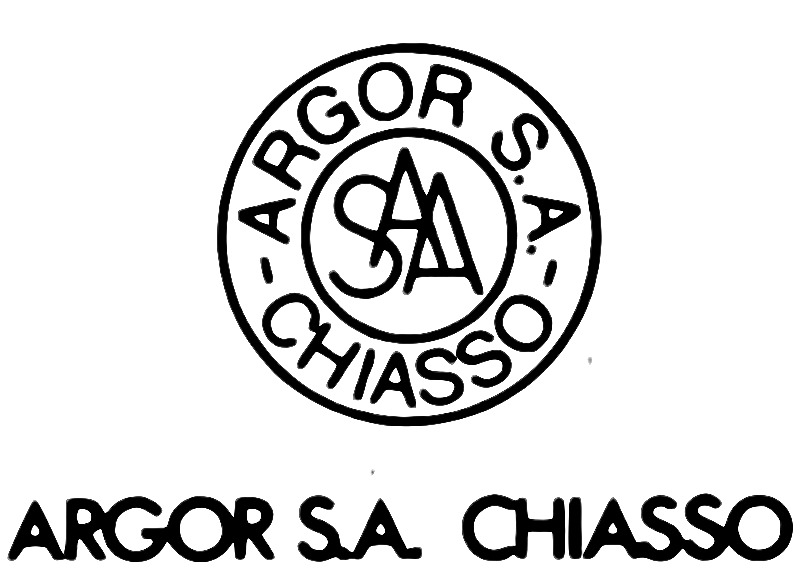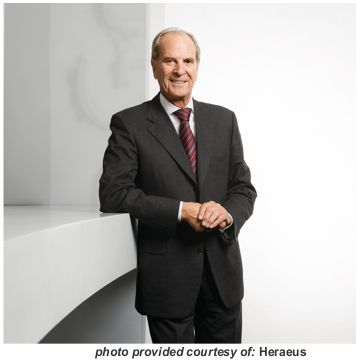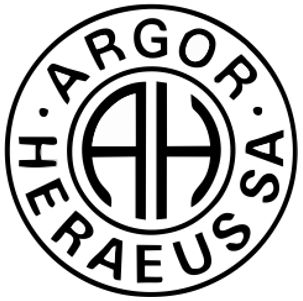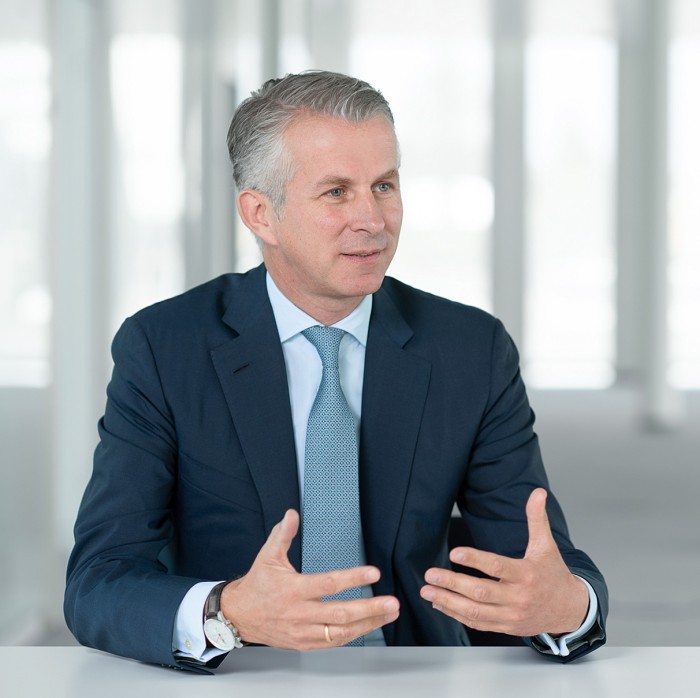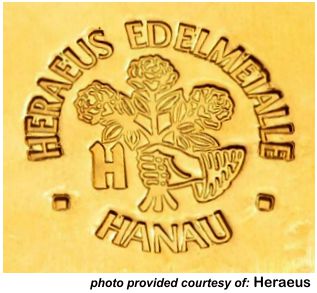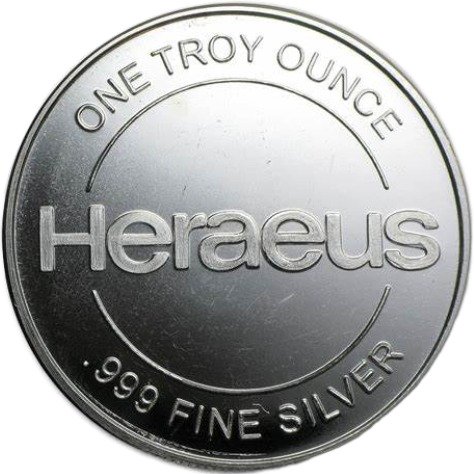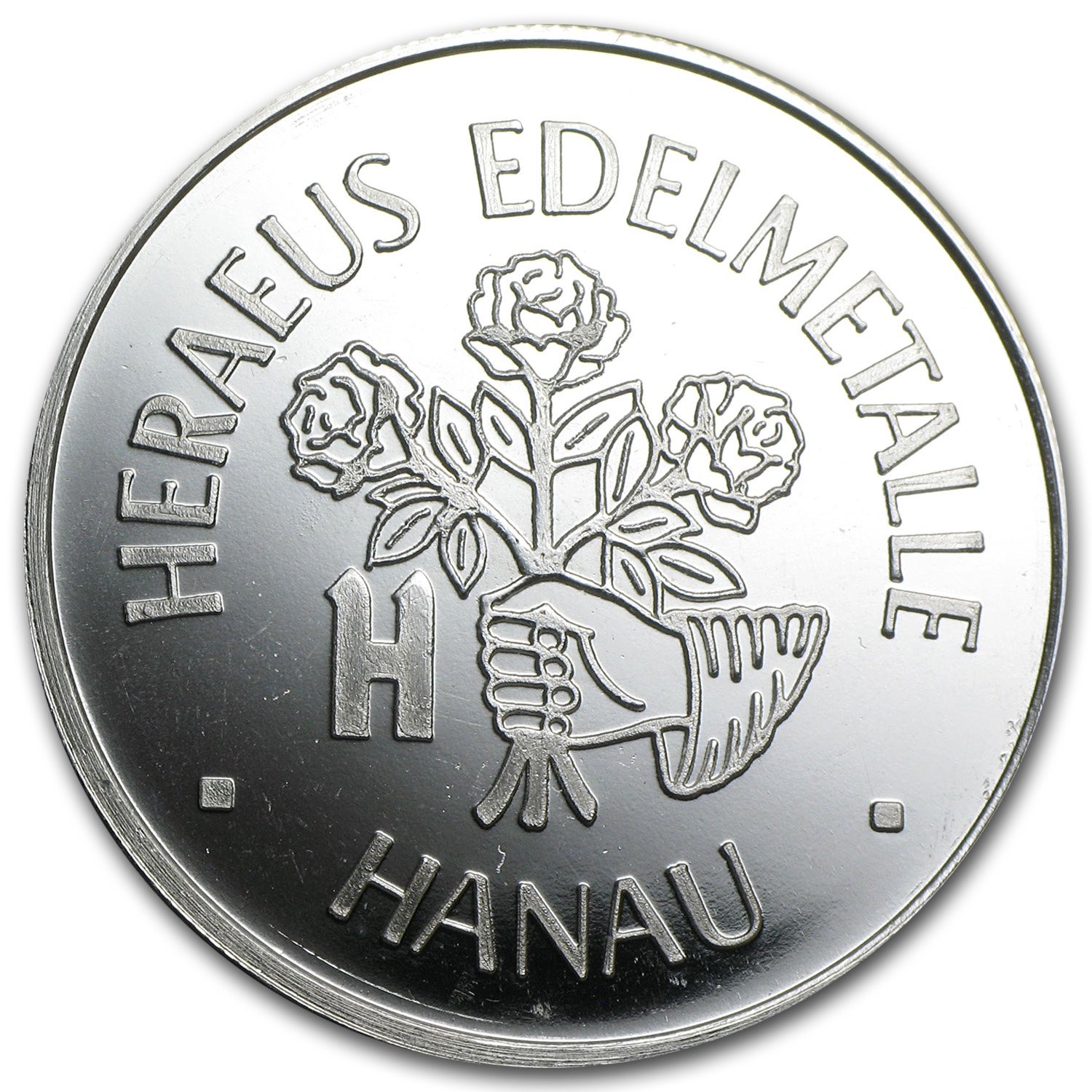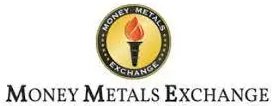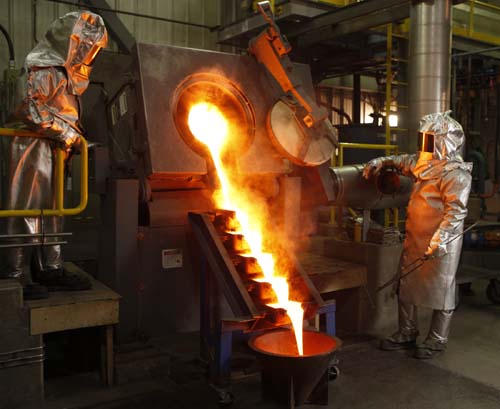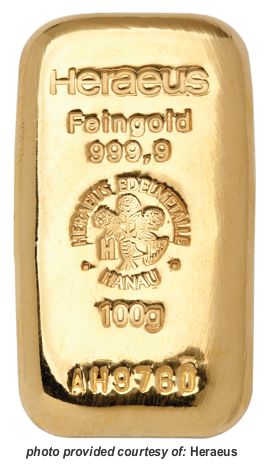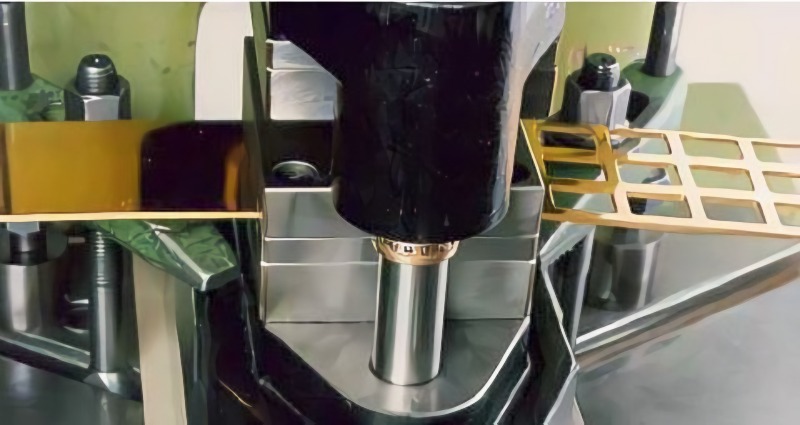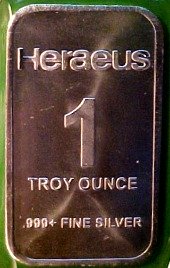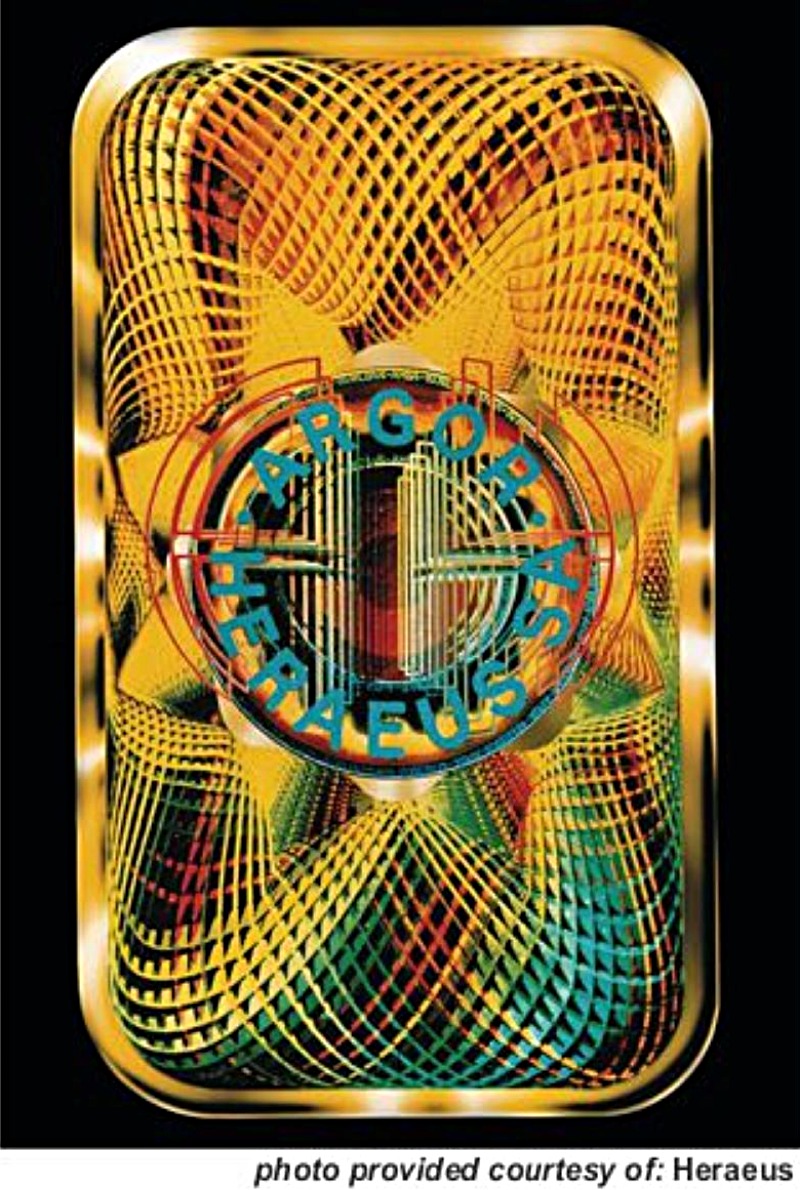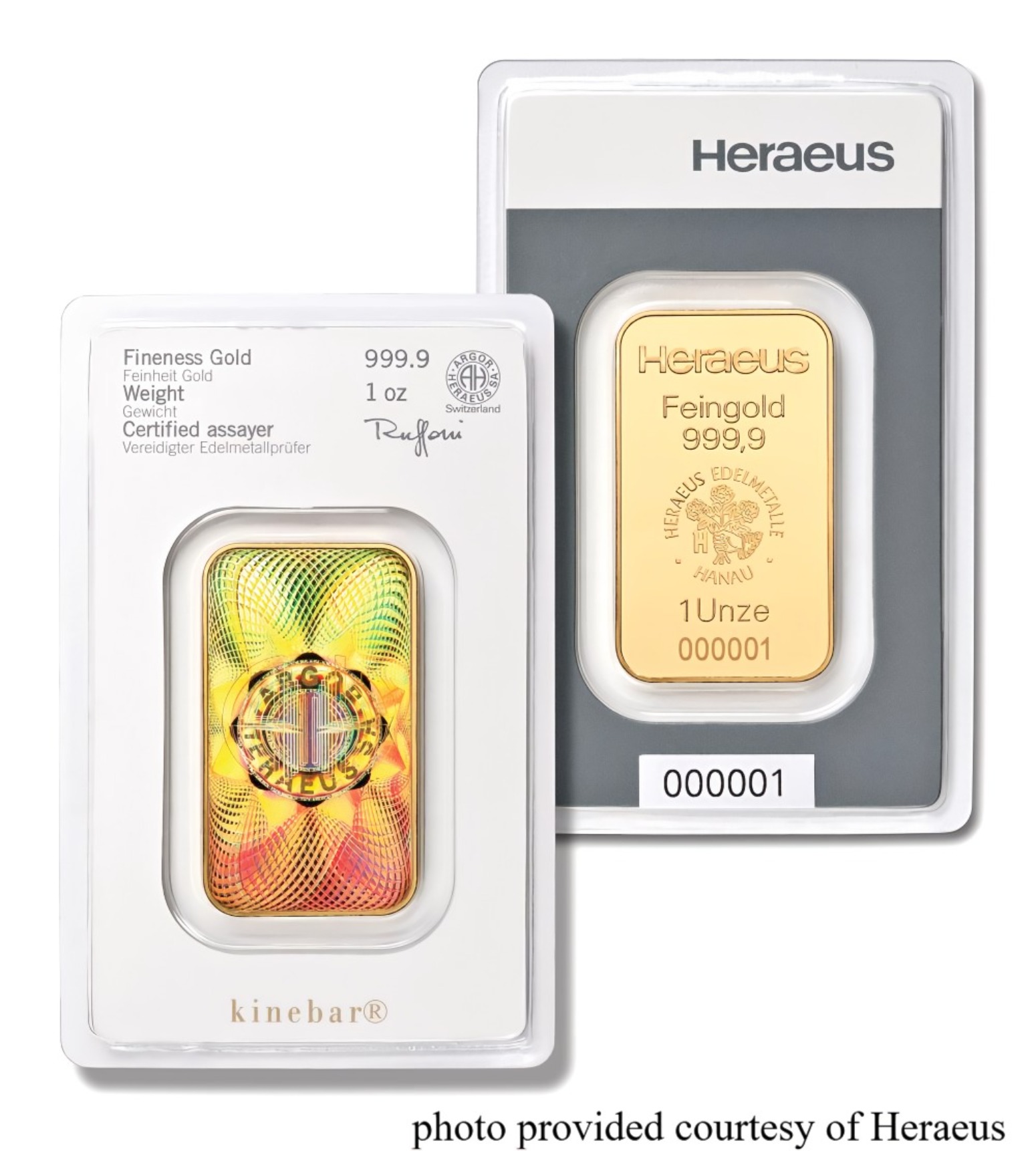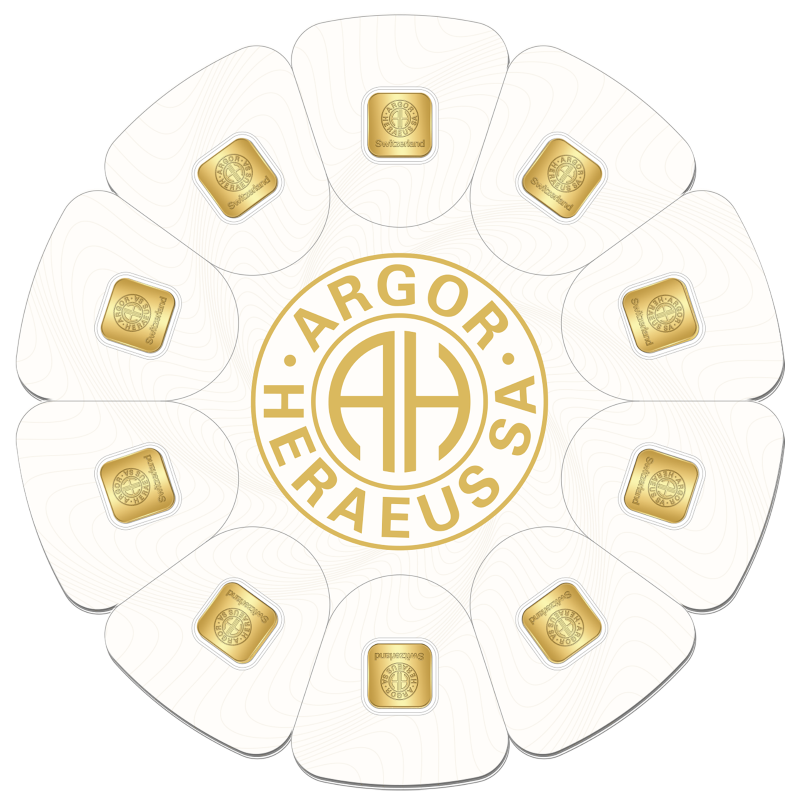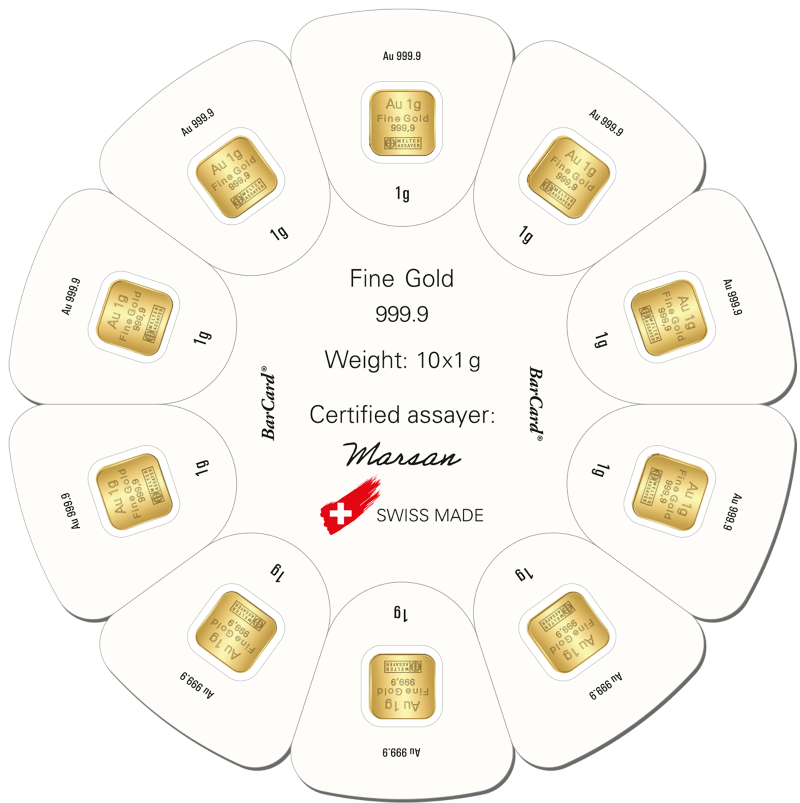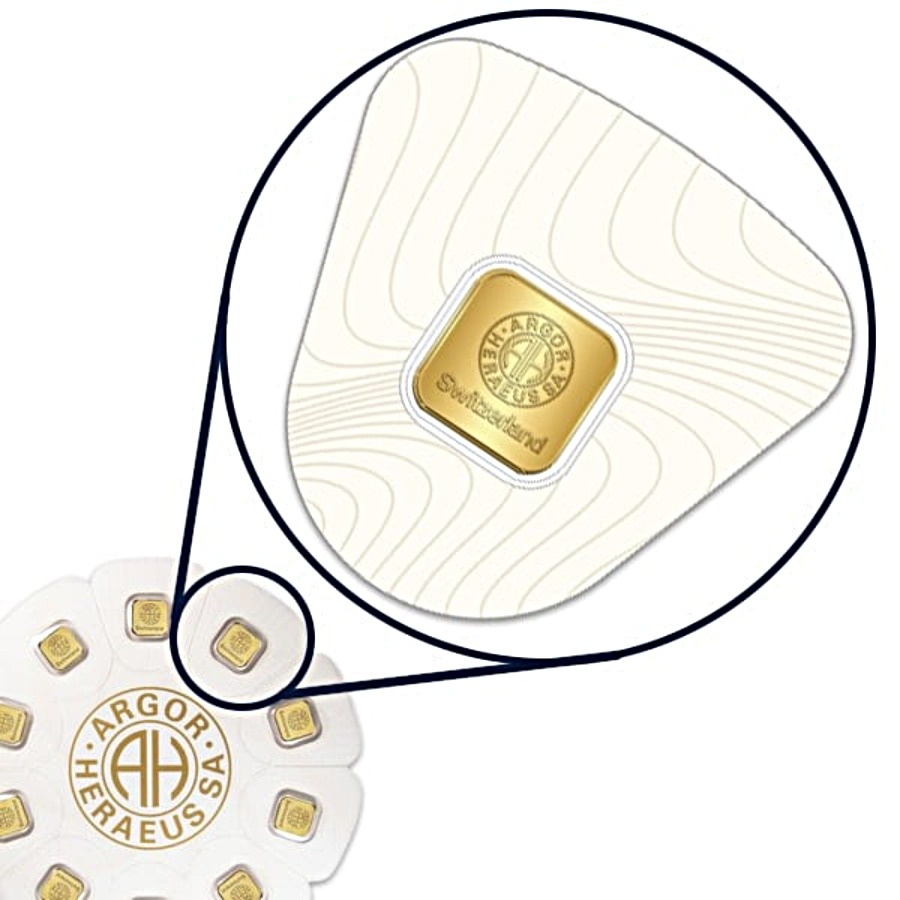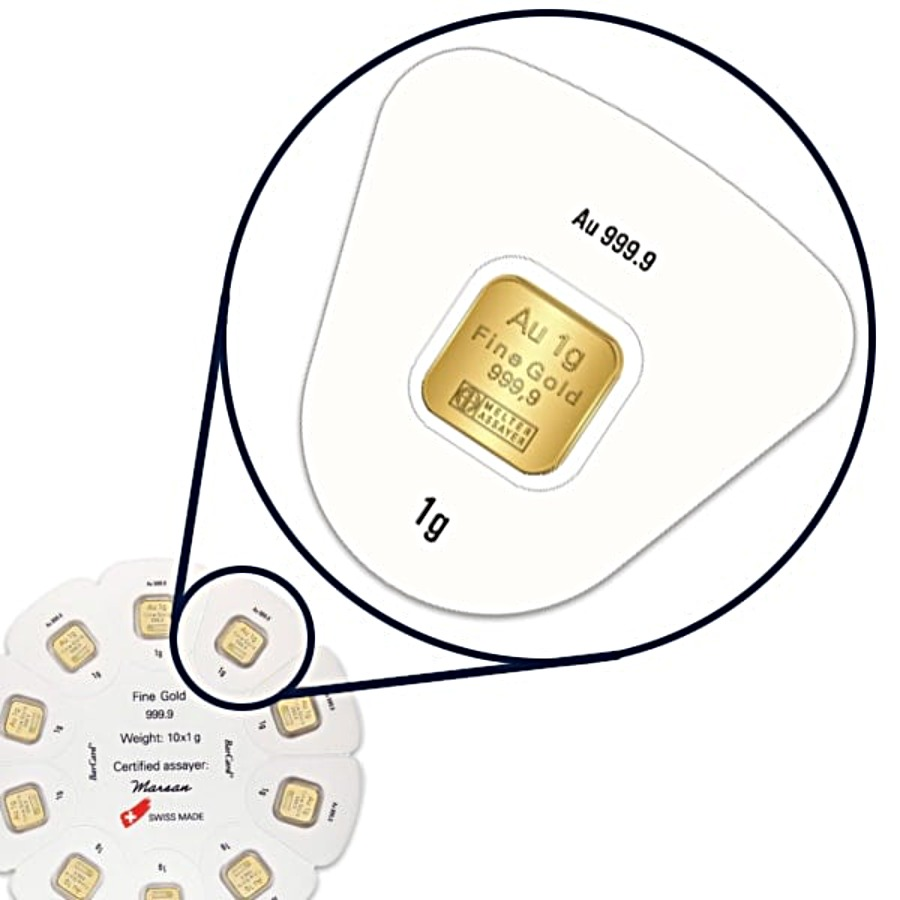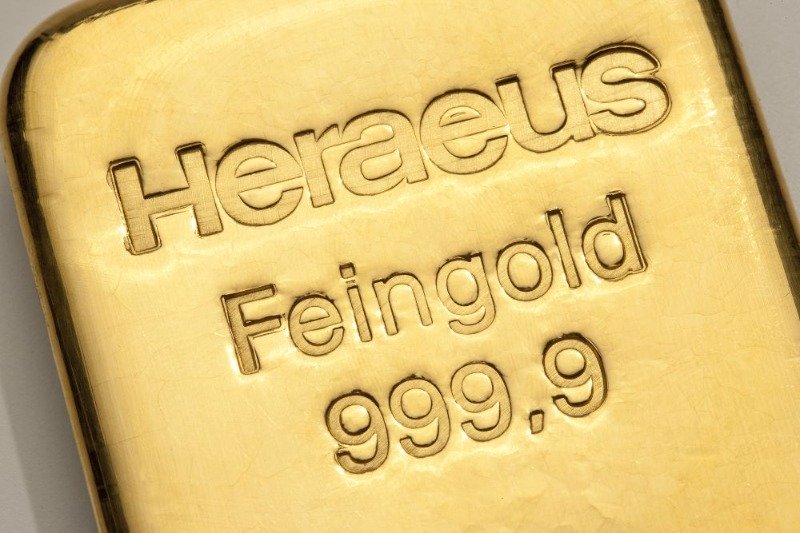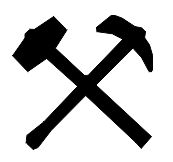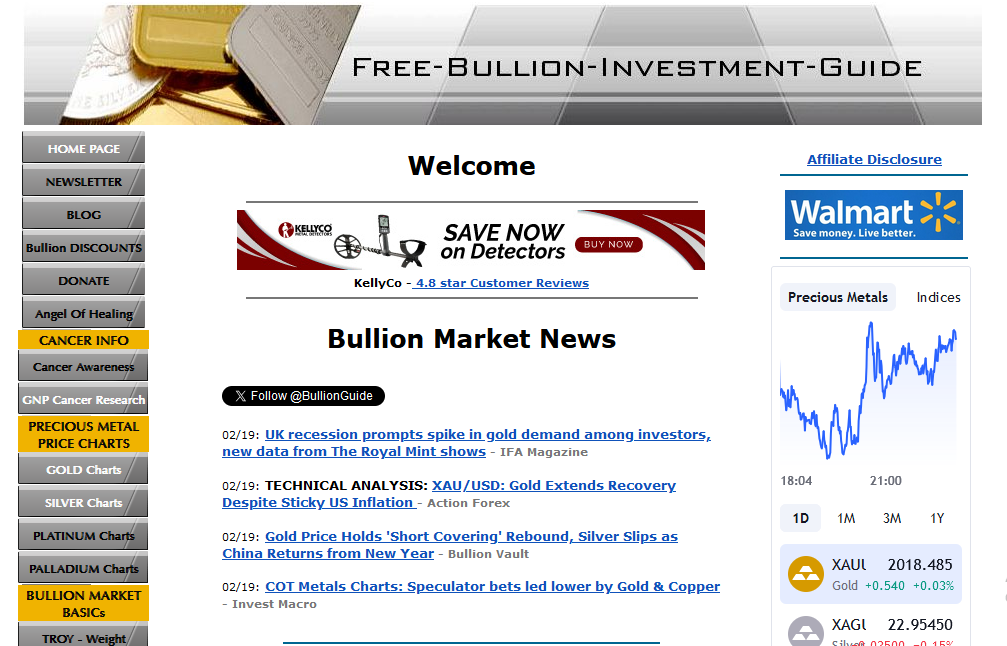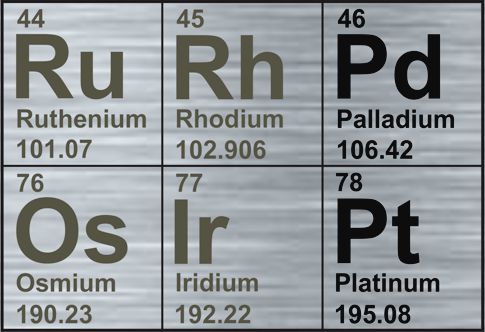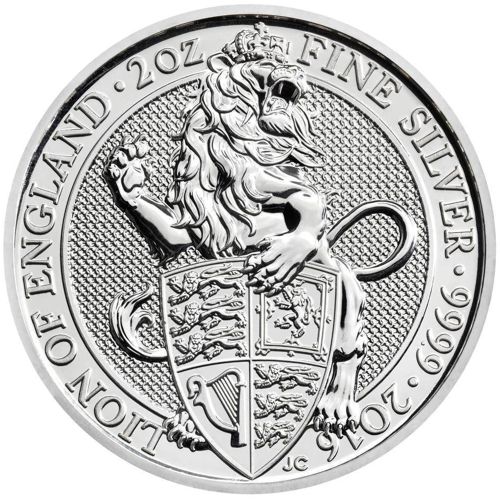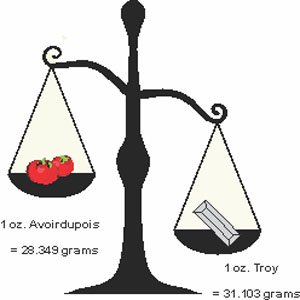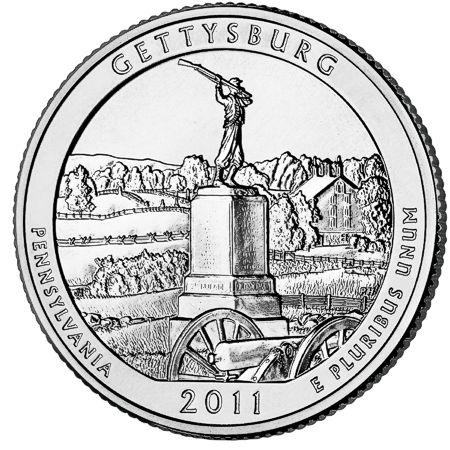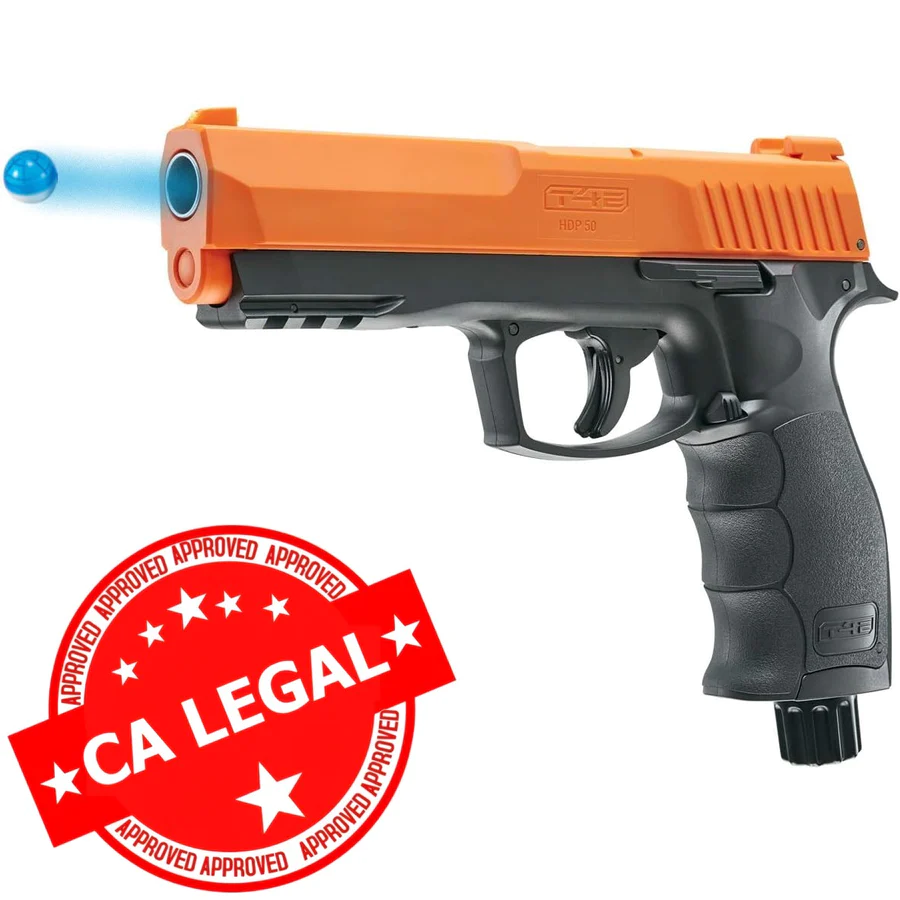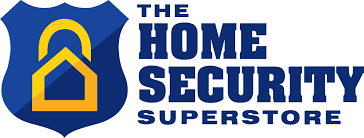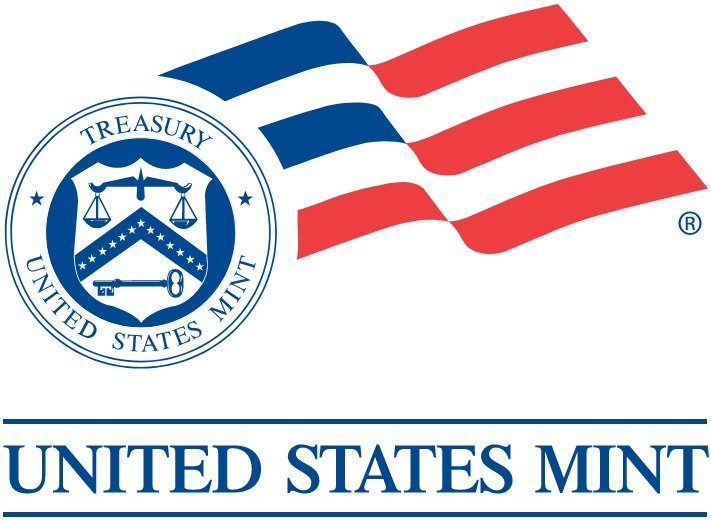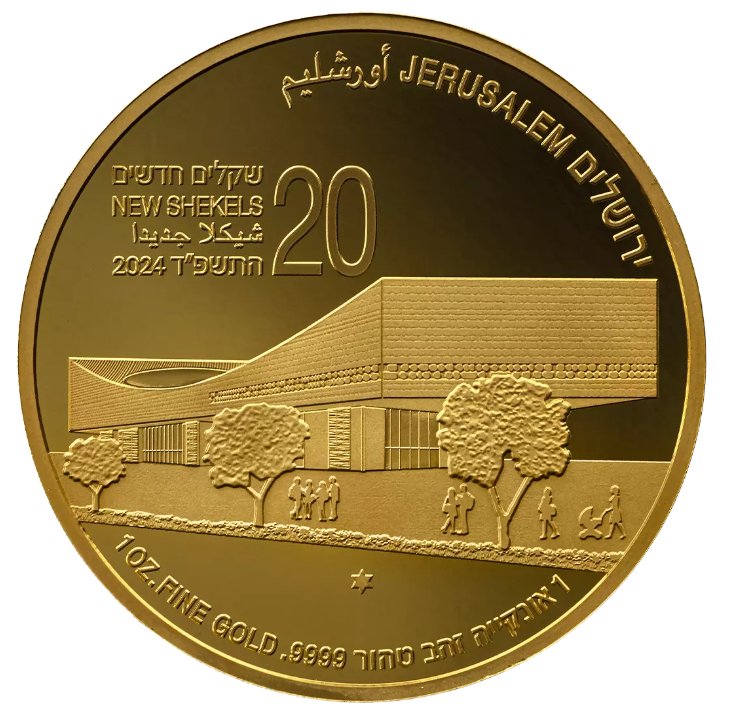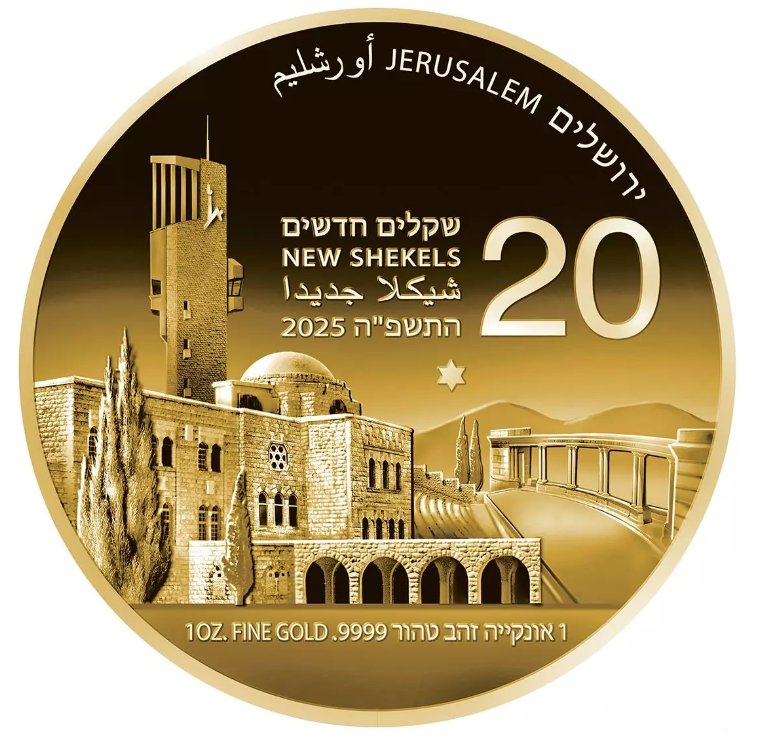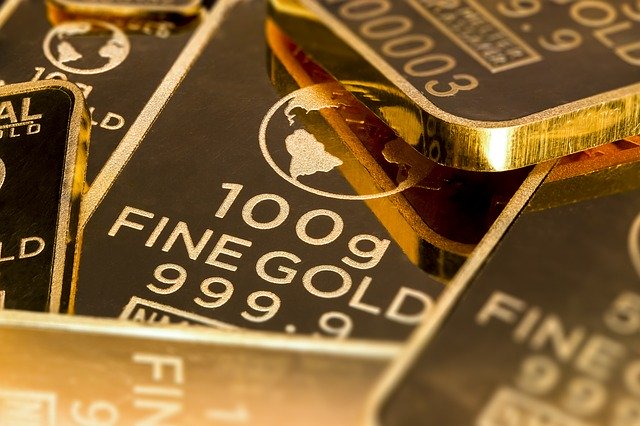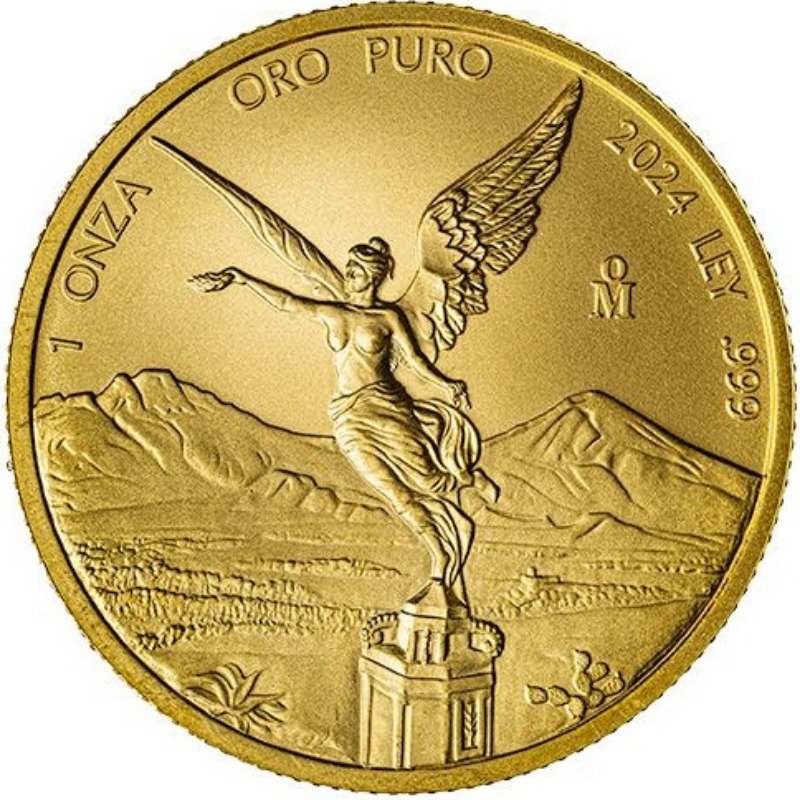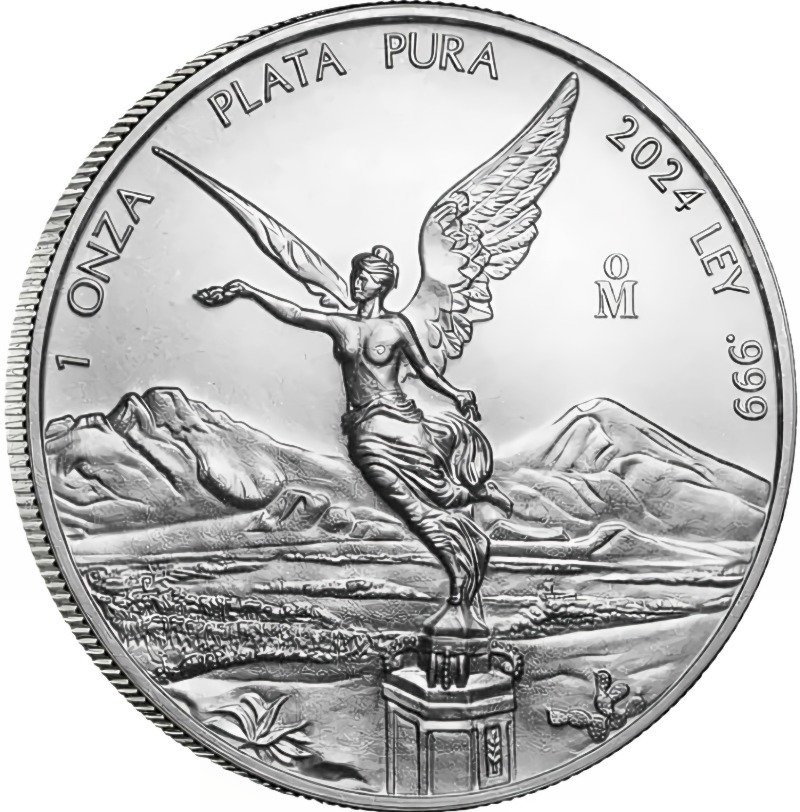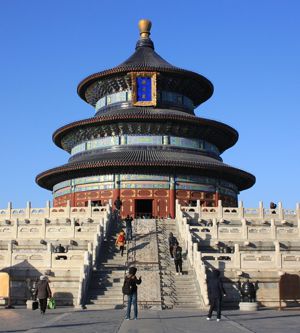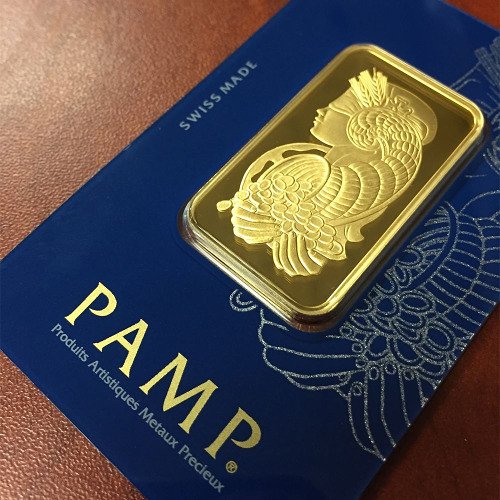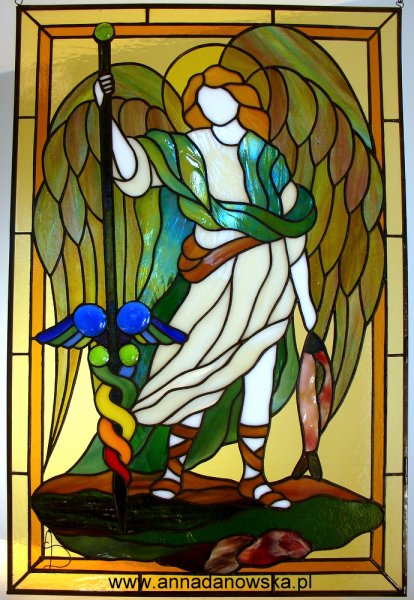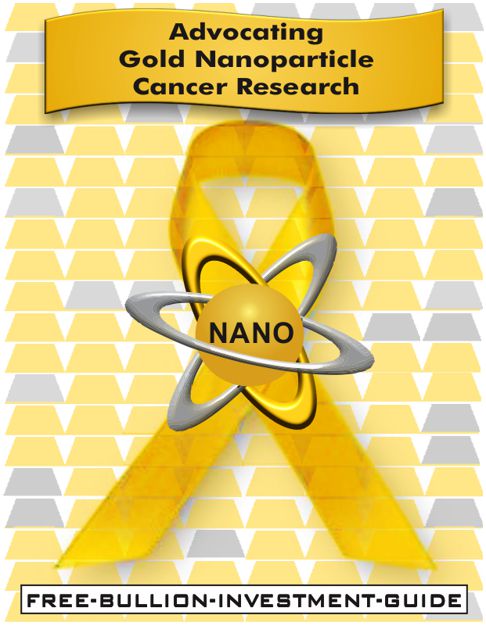Homepage / Popular Bullion Refiners: Heraeus
Last Updated on 01/04/2025
Heraeus Bullion
Heraeus Holding GmbH was founded in Hanau, Germany 1851, it is a broadly diversified technology group with a focus on precious and special metals, medical technologies, quartz glass, sensors, and electronics.
Heraeus Holding GmbH (GmbH = Gesellschaft mit beschränkter Haftung - English translation: company with limited liability)
Today, Heraeus employs 16,400 people in 40 countries and generated a total revenue of €25.6 billion in 2023. The company is one of the largest family-owned companies in Germany in
terms of revenue, and it is still headquartered in Hanau, Germany.
The Heraeus-Group specializes in these technologies: precious metals trading and investment, energy, environmental services, sensors, electronics and communications, medical products, quartz glass manufacturing and specialty lighting.
History of Heraeus Refining
Origins in Pharmacy
Heraeus family has a long history, which dates back to when the family's pharmacy opened in 1660.
In October 1660, Isaac Heraeus (1636-1676) took over what was then the Faucque pharmacy in Hanau-Neustadt, east of Frankfurt, Germany.
In 1668, he opened his own pharmacy on the market square in Hanau-Neustadt under the name "Zum weißen Einhorn" or "White Unicorn," which later became the Einhorn (Unicorn) Pharmacy. The Einhorn Pharmacy was run as a count's court pharmacy for a total of six generations until the middle of the 19th century.
Wilhelm Carl Heraeus, who today is recognized as the founder of Heraeus, changed the business from a pharmacy into a precious metals refiner.
As a young man, Wilhelm went to the University of Göttingen, where he studied chemistry and pharmaceuticals. In 1851, at the age of 24, Wilhelm Heraeus took over the Einhorn Pharmacy. Shortly after taking over the pharmacy, Wilhelm Heraeus discovered a way to melt platinum in large quantities.
In the 1850s, Hanau, Germany, was known as a town of goldsmiths. Yet many goldsmiths were perplexed by their customers' increasing demand for platinum jewelry because no one could melt platinum in large enough quantities to meet this rising demand.
Goldsmiths were unable to produce a flame hot enough to melt platinum because it has a melting temperature of 1,769°C (degrees Celsius), which is well above gold's melting temperature of 1,064°C.
In 1856, through a series of experiments, Wilhelm Heraeus developed a way to melt large volumes of platinum, without impurities, by using an oxy-hydrogen blowpipe he developed himself. Heraeus's gas blowpipe could produce enough oxy-hydrogen and a flame hot enough to melt several kilograms of platinum-containing materials. In his first successful experiment, he melted two kilograms of platinum.
Wilhelm's oxyhydrogen gas burner attracted new business from goldsmiths and chemical laboratories, who called on him to apply his methods for melting platinum. The increase in revenue gave birth to "W.C. Heraeus First German Platinum Smelters," and the business grew far beyond its pharmaceutical roots.
At the turn of the century, Wilhelm Carl Heraeus's sons, Heinrich Heraeus and Wilhelm Heraeus Jr., took over as managers of the company. then in 1904, after their father's death, they inherited the company. Wilhelm's sons continued to manage the company by prioritizing research and development, ultimately increasing Heraeus's presence in the refining market.
In 1909, Dr. Richard Küch, a physicist and chemist, was hired. During his career, he invented a method for creating high-purity, bubble-free quartz glass by melting rock crystal using an oxy-hydrogen gas burner. Between Dr. Küch's inventions and the company's focus on research and development (R&D) laid the foundation for the technologies the company specializes in today
Throughout the first half of the 20th century, the Heraeus company faced numerous challenges, including World War I, hyperinflation, and bombing raids during World War II. However, through determination and hard work, the family managed to keep the company operational.
Since World War II, the company has been run by the third and fourth generations of the Heraeus family. During this time, they continued to focus on research and development of new technologies. In addition, the company has expanded worldwide by owning and operating businesses in over 30 countries. (Heraeus Worldwide)
The Birth of Agore-Heraeus
Argor S.A. was founded in 1951 as a refinery in Chiasso, located in the Swiss Canton of Ticino. After twelve years of operation, in 1973, UBS (Union Bank of Switzerland) acquired 100% ownership of the independent refiner.
(S.A. = Société Anonyme, see definition here.)
In 1983, Dr. Jürgen Heraeus, a fourth-generation Heraeus, was appointed Chairman and CEO of the Heraeus company. Under his leadership, he reorganized the company into several decentralized operating companies, which today is known as the Heraeus Group.
In 1986, Heraeus formed a 50% joint venture with UBS, and Argor-Heraeus SA was born. Then, in 1999, UBS merged with SBC (Swiss Bank Corporation) and exited its joint venture with Argor-Heraeus, leaving Heraeus and the Argor-Heraeus management in full control.
In 2002, the Austrian Mint (which is fully owned by the Austrian central bank) purchased a 24.3% interest in Argor-Heraeus. In 2013, Jan Rinnert, Jürgen Heraeus' son-in-law, took over the company's management; the same year, Argor-Heraeus opened a second production facility in Mendrisio, increasing its processing and refining capacity.
In March 2017, Heraeus acquired 100% of the shares of Argor-Heraeus, making the company a wholly owned subsidiary of Heraeus; see info here. Today, Argor-Heraeus is part of the Heraeus Precious Metals Global Business Unit, which belongs to Heraeus-Group. The headquarters of ARGOR-HERAEUS SA is in Mendrisio, Switzerland.
Recycled Gold
Recycled materials like industrial scrap and old jewelry compose nearly half of every gold bullion product Argor-Heraeus produces.
Hereaus Group
Today, the Heraeus Group is a diversified conglomerate with activities in many Business Platforms: Metals and Recycling, Healthcare, Semiconductors and Electronics, and Industrials. Customers benefit from innovative technologies and solutions based on broad materials knowledge and technological leadership.
The Heraeus Group conglomerate of companies include:
Metals & Recycling
- Heraeus Precious Metals (Argor-Heraeus is part of this unit)
- Heraeus AMLOY
- Heraeus Remloy
- Revalyu
Healthcare
Semiconductor and Electronics
Industrial
|
Heraeus Holding GmbH holds more than 5,000 patents. In 2023, Heraeus
generated product revenues of €25.6 bn. The company currently has more than 16,400 employees, located in over 100 subsidiaries worldwide. The Heraeus Group aims to remain 100% family owned for the long term. |
|
Heraeus
Precious Metals Bullion
&
Identification Marks
"Hand of Roses" - Identification Mark
The "Hand of Roses" identification mark comes from the Heraeus family crest. The family's forefather, Isaac Heraeus (1636-1676), created it after he settled in Hanau, Germany.
The 'Hand of Roses' is a small part of the Heraeus family crest. Surrounding the "Hand of Roses" are the words HERAEUS EDELMETALLE and HANAU.
Note: Heraues Bullion produced before 2011, have the following words around the Hand of Roses: HERAEUS EDELMETALLE GMBH and HANAU.
'Argor - Heraeus' - Identification Mark
The Mark 'AH' is the Identification mark for Argor - Heraeus Refineries.
The 'AH' is surrounded by the words 'ARGOR' and 'HERAEUS SA' (S.A. = Société Anonyme, see definition here.)
The Identification Mark has been used since 1986 and is imprinted on all bars produced at the Argor - Heraeus refining facilities.
Heraeus Bullion
Purity
All Heraeus Bullion is made in the following precious metal purities.
Gold -
99.99%
/ 999.9
Silver -
99.90%
/ 999.0 or
99.99%
/ 999.9
Platinum -
99.95%
/ 999.5
Palladium -
99.95%
/ 999.5
Heraeus Bullion
Rounds
Heraeus produces one ounce rounds of gold and silver.
The silver rounds display the Heraeus "Hand of Roses" family crest on one side and the Heraeus name and the round's weight and fineness on the other side.

Buy
Heraeus Bullion
from the Reputable Bullion Dealers below.
|
The Links below will take you directly to the page described. |
Heraeus Bullion
Free Shipping on Orders $199+
Heraeus Bullion
Free Shipping on Orders $199+
BBB - Customer Reviews
Heraeus Bullion
Free Shipping on Orders $199+

Heraeus Bullion
Free Shipping on Orders $199+
Heraeus Bullion
Shipping prices
vary by item
Notice
- This site receives a commission when you purchase from the merchants above.
- No Personal Information is Obtained by this guide when you visit or order from any of the merchants above.
- See this guide's Affiliate Disclosure page for more information: here)
Types of Bullion Bars
Produced by Heraeus
|
Poured or Cast Bullion Bars - are produced by pouring molten precious metal directly into a mold. Markings are usually stamped on the bar using a hammer or a press. The surface of the bar can be uneven and have some small pits and grooves. Identification Marks and other company markings on cast bars will look depressed or "sunken" into the bar. (see below) |
Minted or Stamped Bullion Bars - are cut from a cast bar that has been rolled to a uniform thickness. The cutting is done with a die to create blanks with a specified dimension and weight. All the surfaces are smooth and even. Markings are stamped onto the bar using a minting press. Company markings on minted or stamped bars will be "raised" due to this process. (see below) |
Serial Numbers - Heraeus Bullion
In general, serial numbers are placed on bars and assay cards to assist investors in keeping track of the bullion they hold, rather than to help the corporation keep track of the bars.
Prior to 2011, Heraeus did not always assign serial numbers to bullion bars.
Heraeus addressed the subject of serial numbers several years ago in a question-and-answer interview with a company representative.
Q: Can I use the serial number to verify the precious metal bars are genuine?
A: No. The genuineness of the bars cannot be verified by means of the serial number. However, the serial number links the bar to its certificate. All Heraeus gold bars have been delivered with a certificate since 2011.
Q: Do all Heraeus precious metal bars bear a serial number?
A: All gold, platinum and palladium bars produced since 2011 have serial numbers. However, there is some deviation from this for older bars; some of these do not have a serial number. Heraeus Silver Bars, as a rule, have no serial numbers.
The Argor-Heraeus Kinebar
The Kinebar is a Argor-Heraeus 999.9 Gold bar that uses patented, security-hologram, vector-based technology and is imprinted with a security foil element. Argor-Heraeus and OVD Kinegram Corp. jointly developed the security holographic image using Kinegram technology.
The Kinegram security image appears on passports, ID cards, driver's licenses, credit cards, and paper currency in more than 100 countries.
The design utilizes diffraction optics to create a variety of colors when viewed from various angles. Heraeus provides the gold Kinebar in a vacuum sealed protective assay card, it is offered in the following sizes.
All bullion bars are minted from 999.9 fine gold, with nearly fifty percent of the gold coming from recycled sources.
Weight Height Width Thickness
(mm) (mm) (mm)
- 1 gold gram ............. 15 ............. 8.7.............. 0.5
- 2 gold gram ............. 19.1 .......... 11.5 ............ 0.5
- 5 gold gram ............. 23 ............. 14 .............. 1.0
- 10 gold gram ........... 31.5 ...........18.5 ............ 1.1
- 20 gold gram ........... 40.4 ...........23.3 ............ 1.3
- 1 ozt. gold bar ......... 40.4 ...........23.3 ............ 1.8
- 50 gold gram ........... 49.7 ...........28.5 ............ 2.0
- 100 gold gram ......... 49.7 ...........28.5 ............ 3.9
- 1 ozt. gold round
Heraeus GoldSeed
10x - 1gram
The Goldseed is a practical way to invest and hold gold.
The Argor-Heraeus Goldseed consists of ten 1-gram minted gold bars, individually sealed in detachable anti-tampering secure pods arranged in a circular unit.
Complying with Swiss precious metals laws, the GoldSeed unit and each separate gold bar are tested for purity by independently certified precious metals assayers and stamped with their weight and fineness.
Goldseed photos provided courtesy of Money Metals Exchange, (click to enlarge).
Features:
- genuine design
- visually appealing
- detachable pods
- 10x 1-gram gold bars
- 999.9 fine gold
- assay certified for weight & fineness
-
full unit and pods individually assayed
- sealed bars - tamper-proof with BarCard technology
The Argor-Heraeus Goldseed offers a practical way for anyone to own, gift, or sell fractional gold.
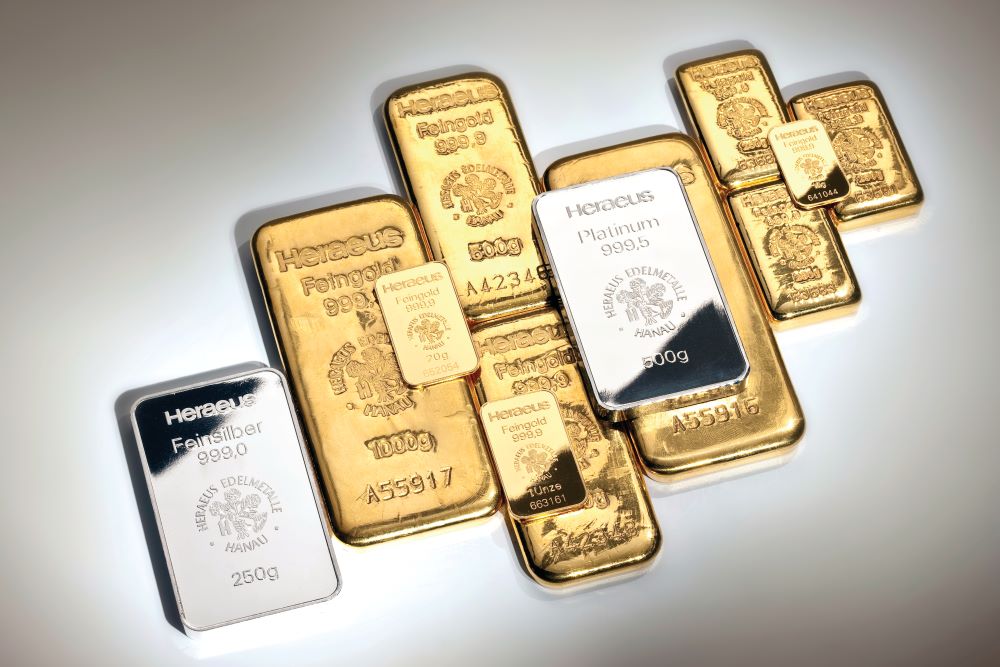
Heraeus
Minted & Cast Bars
Precious Metals & Sizes
Heraeus Gold - Minted Bullion Bars - 999.9
Weight Height Width Thickness
(mm) (mm) (mm)
- 1 g ................ 15.0 ................. 8.7 ............... 0.5
- 5 g ................ 23.0 ................ 14.0 ............. 1.0
- 10 g ............. 31.5 ................ 18.5 .............. 1.1
- 20 g ............. 40.4 ................ 23.3 .............. 1.3
- 1 ozt. ........... 40.4 ............... 23.3 ............. 1.8
- 50 g ............ 49.7 ................ 28.5 ............. 2.0
- 100 g ........... 49.7 ................ 28.5 ............. 3.9
Heraeus Gold - Cast Bullion Bars - 999.0
Weight Height Width Thickness
(mm) (mm) (mm)
- 100 gram
....... 45.0 ................ 24.0
............... 5.6
- 1000 g (1kg).. 117.0 ................ 52.0 .............. 9.0
See Gold bar list here.
Heraeus Gold - Cast Bullion Bars - 999.9
Weight Height Width Thickness
(mm) (mm) (mm)
- 100 gram
....... 45.0 ................ 24.0
............... 5.0
- 250 g
.............
50.5
................ 30.5
...............
9.0
- 500 g
............ 91.0
................ 40.5
............... 7.5
- 1000 g .......... 117.0 ............... 51.5 .............. 9.0
See Gold bar list here.
Heraeus Silver - Minted Bullion Bars
Weight Height Width Thickness
(mm) (mm) (mm)
- 5 gram ..... 23.0 ............ 14.0 ................1.7
- 10 g ......... 31.5 ............ 18.5 ................1.8
- 20 g ......... 40.4 ............ 23.3 ................2.2
- 1 ozt. ....... 49.7 ............. 28.5 ................2.2
- 50 g ......... 49.7 ............. 28.5 ................3.6
- 100 g
........ 49.7
............. 28.5
................7.2
- 250 g
........ 80.0
............. 47.0 ................6.5
- 500 g ........ 96.0 ............ 51.0 ................9.8
Heraeus Silver - Cast Bullion Bars - 999.0
Weight Height Width Thickness
(mm) (mm) (mm)
- 250 gram ........... 68.0 ............. 33.5 .............. 12.5
- 500 g ................. 93.5 ............. 44.0 .............. 13.5
- 1 kg (1000 g)........119.0 ............. 54.0 .............. 16.5
- 100ozt (3110 g)....226.0 ............. 56.0 .............. 24.0
- 5,000 g
.............. 230.0 ............. 58.0 .............. 39.0
- 15,000 g ............ 233.0 ............. 98.0 .............. 78.0
- 1000 ozt (31100 g) (STD) ... Dimensions vary
- 1000 ozt (31100 g) (Comex) ... Dimensions vary
See Silver bar list here.
Heraeus Platinum - Minted Bullion Bars - 999.5
Weight Height Width Thickness
(mm) (mm) (mm)
- 1 gram ....... 10.0 .............. 10.0 .............. 0.6
- 5 g ............. 23.0 .............. 14.0 .............. 0.9
- 10 g ........... 31.5 .............. 18.5 .............. 0.9
- 20 g ........... 40.4 .............. 23.3 .............. 1.1
- 1 ozt ........... 40.4 .............. 23.3 .............. 1.6
- 50 g ............ 49.7 .............. 28.5 .............. 1.8
- 100 g ......... 49.7
.............. 28.5
............... 3.5
- 500 g
......... 80.0 .............. 47.0 ............... 6.5
- 1,000 g ...... 96.0 .............. 51.0 ............... 9.7
See Platinum bar list here.
Heraeus Platinum - Cast Bullion Bars - 999.5
Weight Height Width Thickness
(mm) (mm) (mm)
- 50 g ............ 90.0 .............. 45.0 .............. 16.5
See Platinum bar list here.
Heraeus Palladium - Minted Bullion Bars - 999.5
Weight Height Width Thickness
(mm) (mm) (mm)
- 1 gram ......... 10.0 ............. 10.0 ............... 1.0
- 5 g ............... 23.0 ............. 14.0 ............... 1.5
- 10 g ............. 31.5 ............. 18.5 ............... 1.6
- 20 g ............. 40.4 ............. 23.3 ............... 1.9
- 1 ozt. ........... 49.7 .............. 28.5 .............. 2.0
- 50 g ............. 49.7 .............. 28.5 .............. 3.3
- 100 g
........... 49.7
............... 28.5
............... 6.2
- 500 g
........... 96.0 ...............
51.0 ...............
8.2
- 1,000 g ........ 121.5 .............. 54.5 ............... 12.2
See Palladium bar list here.
Sources:
Heraeus takes over precious metal processors completely (3/4/2017)
Heraeus - wikipedia
LBMA - A History Course by Dr Jurgen Heraeus
Other pages you may like...
|
|
|
Heraeus Bullion
For Bullion Market News...
Notice:
The charts, commentary, and information on the Free-Bullion-Investment-Guide.com are not meant to encourage you to invest or divest in any particular way.
|
Support this Guide & Paypal Thank You for Your Support |
|
|
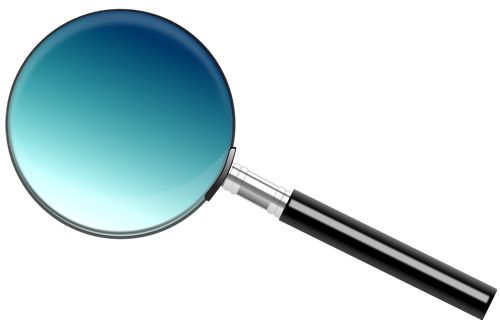 | |||||

This website is best viewed on a desktop computer.
Keep this Guide Online
& Paypal
Thank You for
Your Support
with Feedly
Search the Guide
| search engine by freefind | advanced |
Premium Canadian Bullion
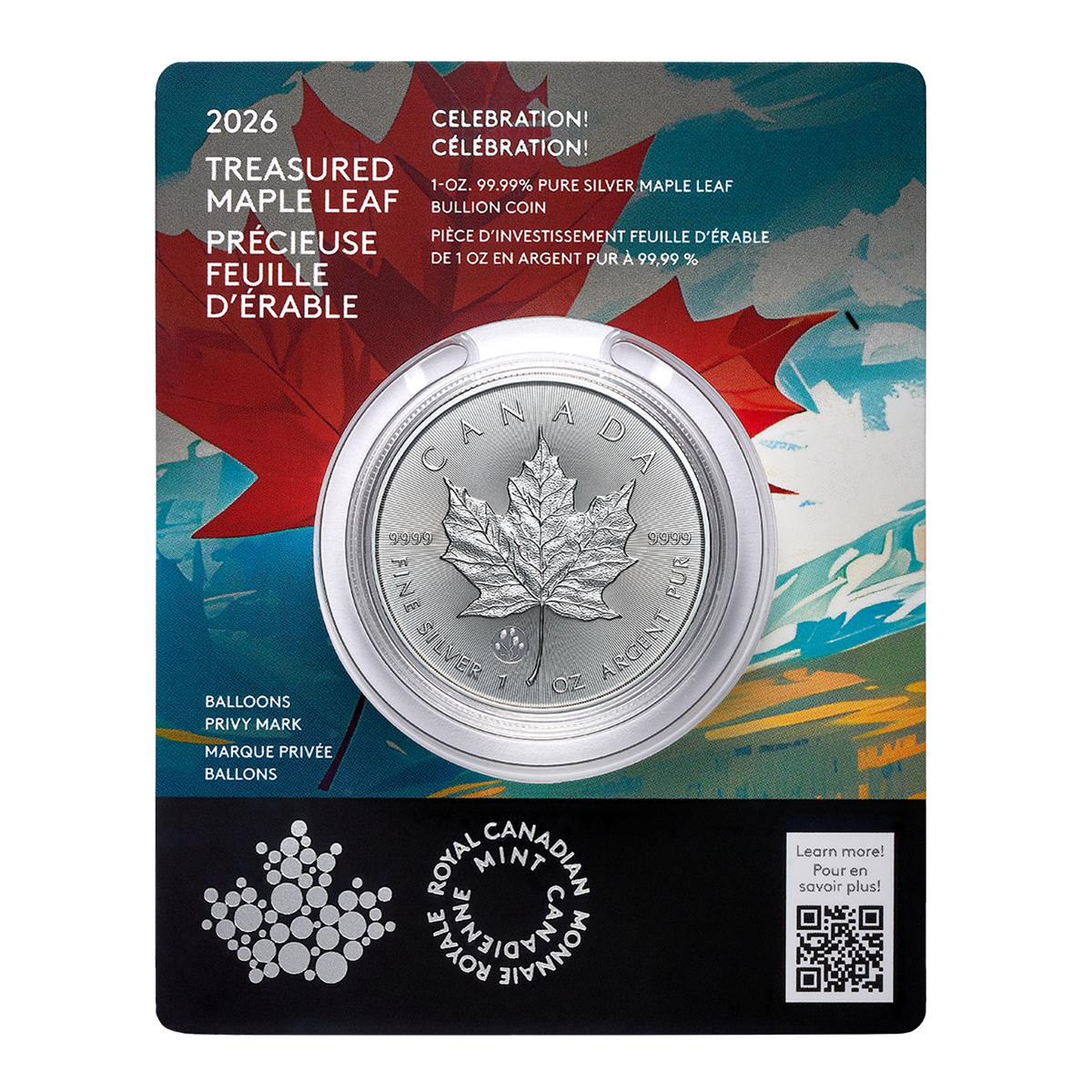
Give a lasting gift of the iconic Silver Maple Leaf bullion coin [More]
Free Shipping on Orders over $100 (CDN/USA)
or
From the U.K. Royal Mint
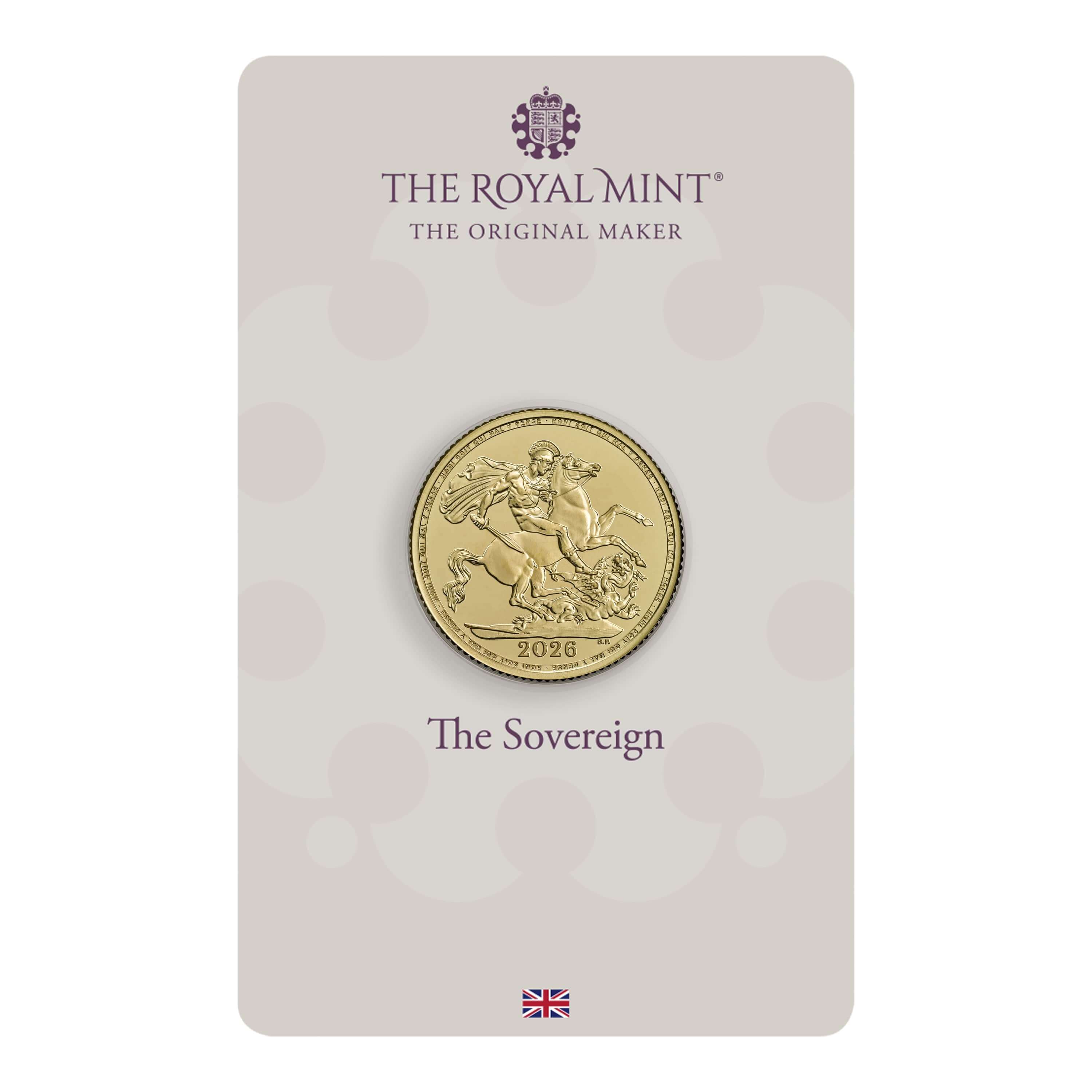

Daily
Newsletter
Updated Mintages for
American Gold Buffalo
American Gold Eagle
American Silver Eagle
2024 & 2025
Jerusalem of Gold Bullion
Coin photos
(bottom of page)
Mintages
for
2024
Gold & Silver Mexican Libertad
|
Gold Libertads |
Chinese Gold Coin Group Co.
& Chinese Bullion
Help Us Expand our Audience by forwarding our link
www.free-bullion-investment-guide.com.
Thank You!
Last Month's

In No Particular Order
November 2025
All Articles were Originally Posted on the Homepage

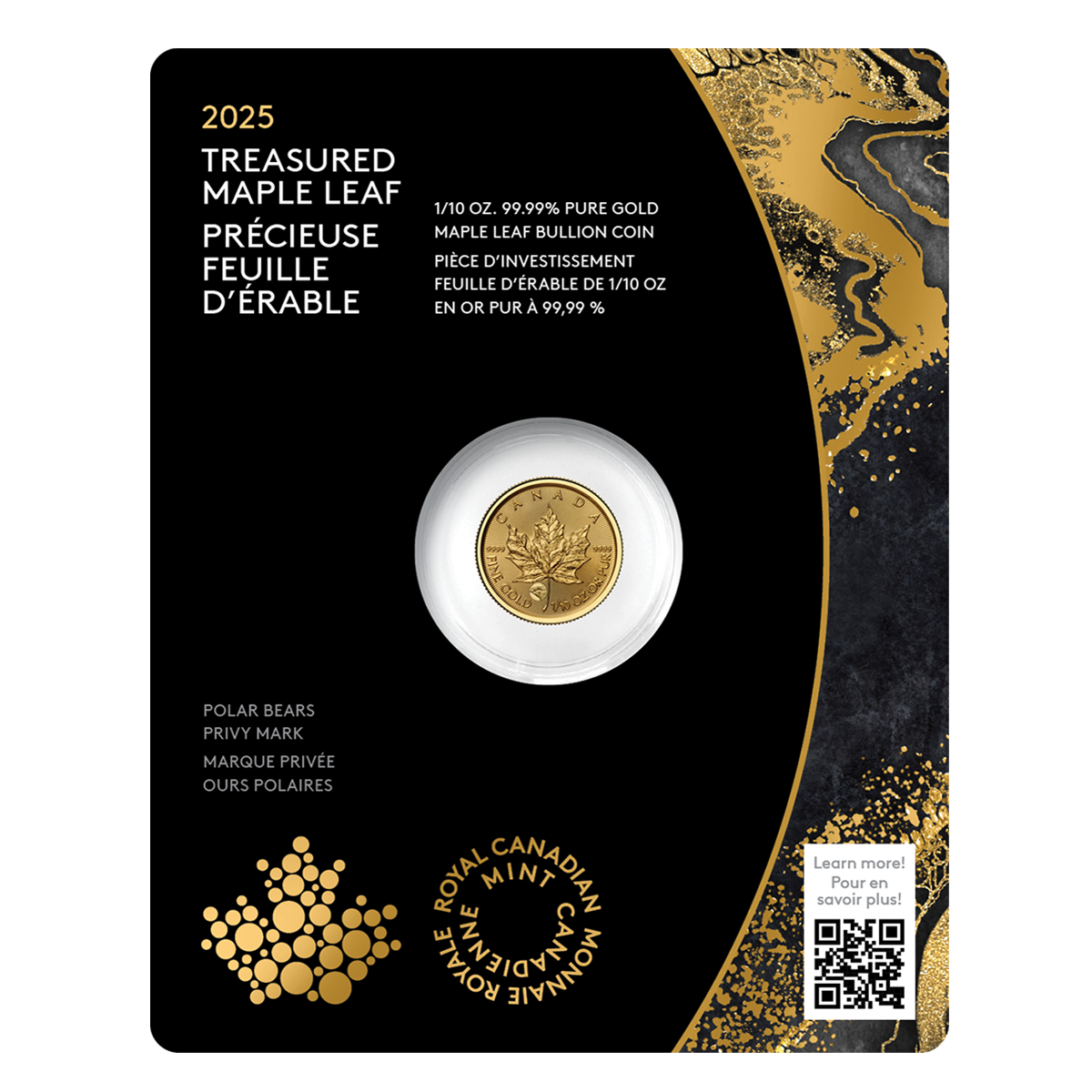
Polar Bears Privy
Give a lasting gift of the iconic Gold Maple Leaf bullion coin with a special privy mark. [More]
Free Shipping on Orders over $100 (CDN/USA)


